Yates Account
Join now
Create a Yates account today!
Sign up to join the Yates Garden Club for monthly e-mails packed with seasonal inspiration, tips for success & exclusive promotions.
Plus if you’re a Garden Club member you can take part in the Yates Growing Community - a blog to share successes, get advice & win prizes in fun challenges along the way!

Forgot password
Enter the email address associated with your account, and we'll email you a new password.

Types of Tomatoes
Tomatoes fall into two main types: tall or short. The tall type is called an indeterminate or ‘vining’ tomato, and the short type is a determinate or ‘bush’ tomato.
Indeterminate Tomatoes (Tall Growing, 'Vine' Type)
Growing to 1.8–3m tall, indeterminate tomatoes keep producing fruit throughout their growing season, until they finish up in autumn. With luck, cherry tomatoes will continue to produce until the first frost arrives.
A feature of indeterminate tomatoes is that they produce ‘lateral’ side shoots, that sprout from where the leaves join with the main stem. It’s best to pinch these laterals out before they become monstrous unsupported branches, so the plant can put all its energy into growing delicious trusses of fruit. You’ll need to check for laterals often, they can grow huge very quickly. If you snip off laterals neatly with secateurs, you can plant them as cuttings, for free bonus plants.
All indeterminate tomatoes require tall stakes, tripods, or tomato cages for support. You can also suspend them from hanging plant tie or string, by spiral wrapping it around the tomato stem as it grows. Soft, stretchy cotton plant tie is excellent for this as it copes with the weight of a vine fully laden with fruit.
Determinate Tomatoes ('Bush' Type, Dwarf Tomatoes)
Determinate types grow to about 0.5-0.6m tall (a few varieties get above 1m tall). They produce fruit that mature all around the same time (generally over a 2-3-week period). Once they’ve finished fruiting, the plant won’t continue to produce and will slowly decline in vigour, so it’s best to remove them once they’re done.
On the plus side, you won’t need to remove any laterals from determinate tomatoes; just leave them on and let them sprawl.
Due to their low height, they don’t require staking, but you can still prop them up with stakes or a cage made from sturdy chicken wire. This is a good safeguard on windy sites, or if the plant gets heavily laden with fruit.

How to Keep Tomatoes Happy
Climate
Tomatoes happily grow in all climate zones of New Zealand. In subtropical and temperate climates, sow from early spring. In the cold winter zone, sow from late spring.
To get a head start on the season, you can sow seeds indoors in late winter and transplant them into pots or garden beds once the last chance of frost has passed. Wait until seedlings are at least 5cm tall before transplanting.
Location
Choose a spot in full sun – at least 6-8 hours a day. Ideally the position will be sheltered from strong winds.
Practice crop rotation; don’t plant tomatoes in the same place as last year - leave the spot to rest for 3 years before you plant tomatoes there again. For efficient crop rotation, consider tomatoes to be in the same group with potatoes, capsicums, eggplants and chillies – they're all related members of the Solanaceae family, so don’t plant any of the family where you had your tomatoes last season (or vice-versa). This avoids any diseases that might be lurking in the soil from last year’s crop.
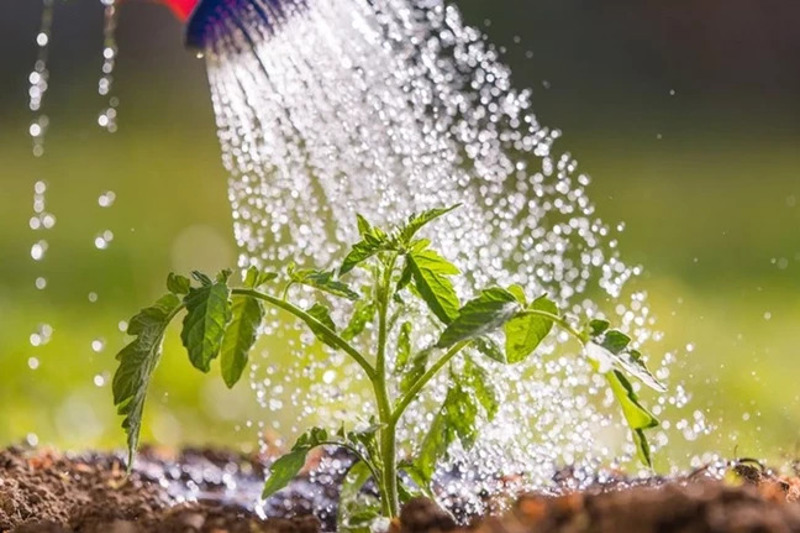
Soil
Tomatoes grow best in rich, well-drained soil. Improve the soil with plenty of organic matter, like Yates Dynamic Lifter Organic Plant Food. Dig in Yates Thrive Natural Garden Lime, which provides calcium for good fruiting and 'sweetens' the soil.
If growing tomatoes in pots or polybags, choose a generous sized container to prevent them from drying out too quickly. Fill with Yates Thrive Premium Potting Mix to keep tomatoes happy through the whole season.
Feeding
Feed tomatoes regularly throughout the growing season with Yates Thrive Tomato Liquid Plant Food - it's easy to add into a watering can, so you can water and feed at the same time. This potassium-rich fertiliser will help promote healthy leaf growth and encourage lots of flowers that will turn into delicious, juicy tomatoes. Alternatively, you can use Yates Thrive Flower & Fruit Soluble Fertiliser; it's very economical and delivers a great boost to plant growth and fruit.
Thrive Tomato Granular Plant Food
Thrive Tomato Liquid Plant Food
Thrive Natural Tomato & Vegie Plant Food Concentrate
Water
Water regularly throughout the growing season. Add a layer of organic mulch, like pea straw, to help retain soil moisture and suppress weeds.
Maintenance
As mentioned above, indeterminate tomatoes produce ‘laterals’ that you’ll need to remove by pinching them off with your thumb and index finger. If these laterals have already developed into thick shoots, use secateurs or a sharp blade to remove them.
Pruning laterals prevents plants from growing unruly swathes of vigorous branches. It also increases air flow between leaves and stems, reducing the likelihood of diseases like Powdery Mildew.
How to Grow Tomatoes in a Garden
- Choose a sunny spot in the garden with well drained soil and enrich with Yates Thrive Natural Blood & Bone and Yates Thrive Natural Garden Lime.
- Sow seeds, lightly cover with Yates Black Magic Seed Raising Mix and water well. If growing from seedlings, they can be planted a little deeper, so that the bottom few centimetres of the tomato stems are covered with soil. Water in well.
- Tall growing tomatoes will require stakes for support, so it’s best to put these in now to avoid damaging plant roots later.
- As seedlings emerge and grow, feed weekly with Yates Thrive Natural Tomato Vegie Plant Food Concentrate. Mulch around the base with organic mulch like pea or lucerne straw, keeping it away from the main stem.
- As larger staked tomatoes grow, gently tie the main stems to the stakes with a plant tie or old piece of hosiery.
- Harvest tomatoes when the fruit is plump and red (or yellow, depending on the variety).
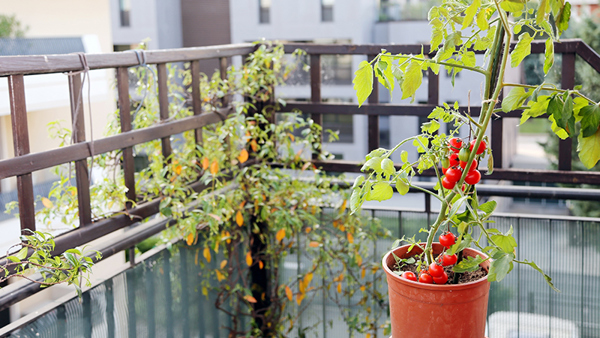
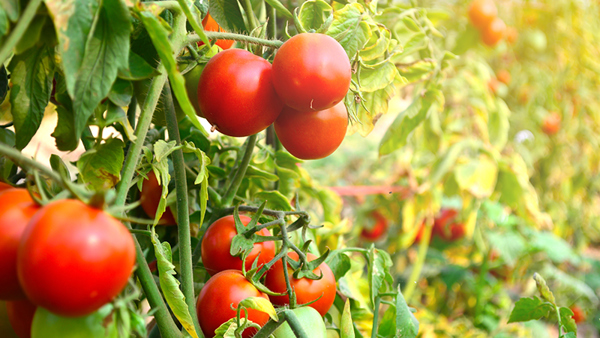
How to Grow Tomatoes in a Pot
If you don’t have a lot of space, it's easy to grow tomatoes in pots, or polythene grow bags. When the season ends you can tidy them away easily.
- Choose a pot at least 400mm wide and deep and position in full sun. The bigger the pot or bag, the slower they dry out in hot weather, so generous PB25 polybags (15L volume) or PB40 polybags (25L) are an ideal choice for tomatoes. Fill the pot with quality potting mix, like Yates Premium Potting Mix.
- Sow seeds, lightly cover with Yates Black Magic Seed Raising Mix and water well. If you're growing seedlings, they can be planted a little deeper so that the bottom few centimetres of the tomato stems are covered with soil. Water them in well.
- Tall growing tomatoes will require stakes for support, so it’s best to put these in now, to avoid damaging plant roots later.
- Potted plants dry out much quicker than in-ground plants, so it’s important to water potted plants regularly.
- As seedlings grow, feed weekly with Yates Thrive Natural Tomato Vegie Plant Food Concentrate to encourage growth.
- As larger staked tomatoes grow, gently tie the main stems to the stakes with a soft plant tie or old piece of hosiery.
- Harvest tomatoes when the fruit is plump and has turned red (or yellow, purple or orange, depending on the variety).
Tomato Growing Tips
- To really boost fruit quality, try Yates Liquid Potash alongside your usual fertiliser. It's rich in Potassium, to help flowering and fruiting plants really deliver! It also helps plants resist disease or environmental stress. Easy to apply as either a foliar feed or soil drench, it's our special 'secret sauce' for tomatoes, eggplants or capsicums.
- If you'd prefer to harvest fruit right through the season, choose 'indeterminate' (Tall) tomatoes. This type keeps on growing taller until the cold weather arrives. If you keep picking, they will keep producing fruit. 'Determinate' (Dwarf) tomato bushes stop growing taller after they flower; the fruit tends to ripen within a short timeframe, which makes them fantastic for preserving or making sauce.
- In cool climates, you can get a start on your tomatoes early by raising seeds in trays of Yates Black Magic Seed Raising Mix. They can be transplanted to the garden or pot when the weather is warmer.
- A layer of mulch will help retain moisture in the soil.
- To help prevent blossom end rot (when the bottom of the fruit looks sunken and rotten), apply fast acting Yates Hydrangea Pinking Liquid Lime & Dolomite at planting time, which will help ensure a sufficient supply of calcium. If blossom end rot does strike, the affected tomatoes are still perfectly fine to eat, simply slice off and discard the bad parts.
- If you didn’t apply garden lime at planting time, it’s not too late to do it during the growing season.
- Certain tomato diseases are carried in the soil, so choose a different spot each year (avoid planting in the same part of the garden for at least three years).
- When buying tomato plants or seeds, giving preference to 'disease resistant' varieties is a wise precaution.
Yates Tomato Seeds
Tomato 'Roma'
Tomato 'Big Beef' Hybrid
Tomato 'Black Krim' (Organic)
Tomato 'Grosse Lisse' Heirloom
Tomato 'Heirloom Favourites'
Tomato 'Small Fry' Hybrid
Heirloom Tomato 'Yellow Pear'
Tomato 'Sweet 100'
Tomato 'Patio Mini'
Old favourite indeterminate varieties from Yates include Big Beef, Moneymaker, Sweet 100 and Grosse Lisse.
If you'd like to give heirloom tomatoes a go, Yates Heirloom Tomato 'Yellow Pear' is an absolute classic variety with bite-sized, bright yellow pear-shaped fruit. it's vigorous and productive, with sweet tasting fruit.
If you appreciate a bit of variety, we also have Yates Tomato 'Heirloom Favourites'. It's a special lucky dip selection of heritage tomatoes, in a range of vibrant colours and mouth-watering flavours. These time honoured favourites taste the way tomatoes should!
Our most popular shorter-growing determinate varieties include Small Fry, Patio, and Roma (Roma is a fantastic variety for making sauce).
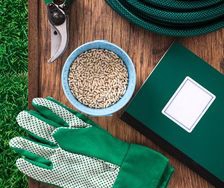
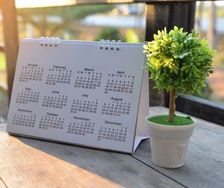
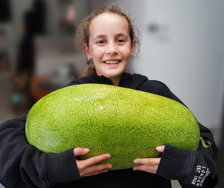




























Share
Share this article on social media